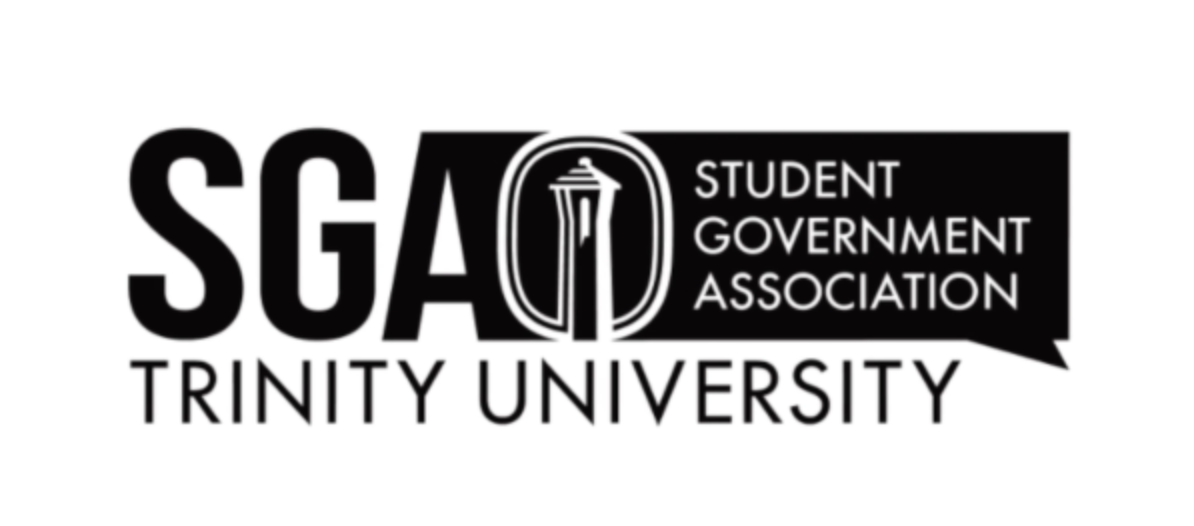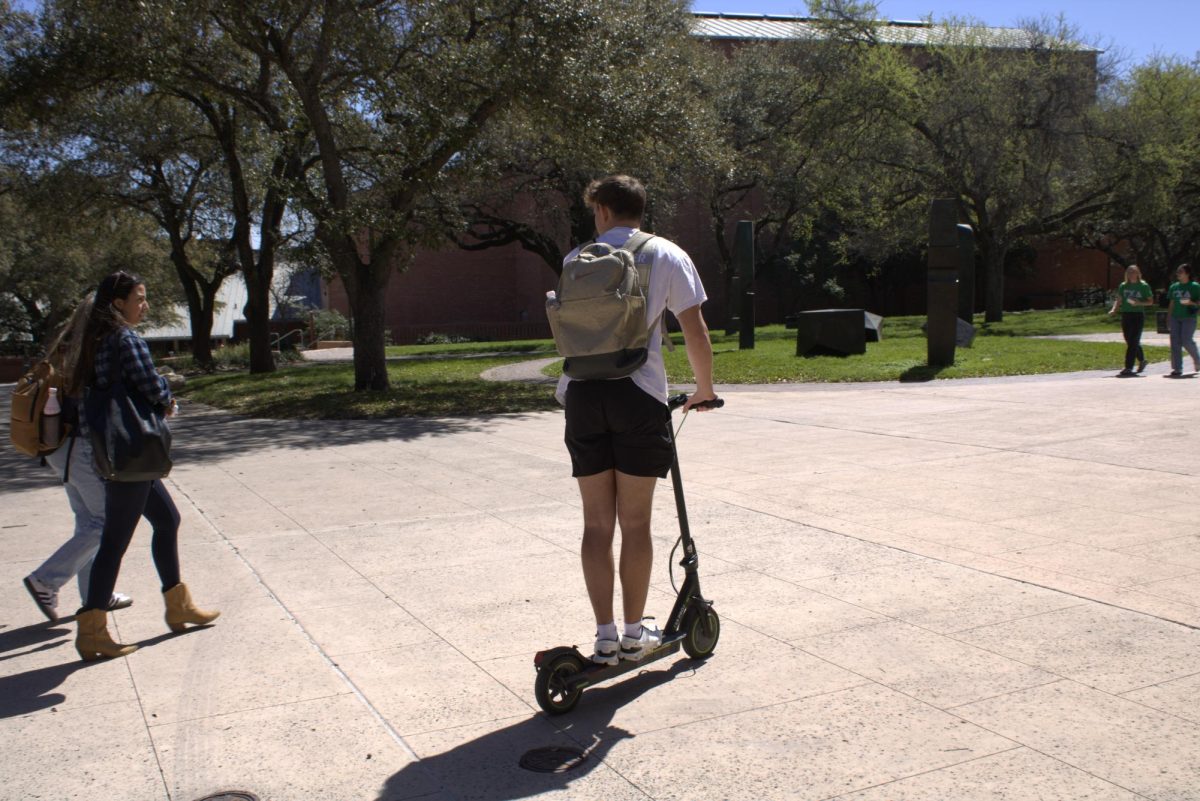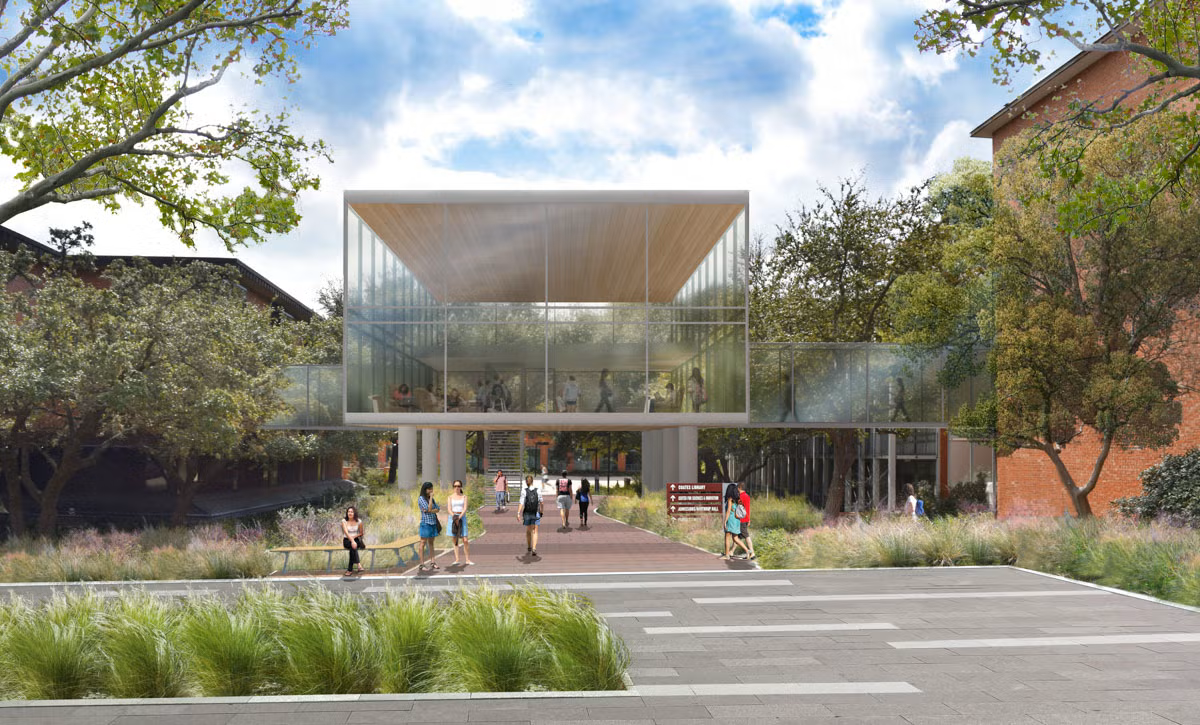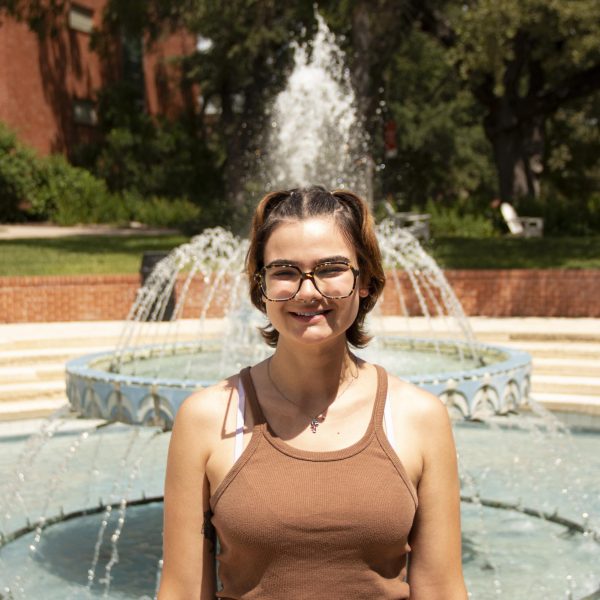From Herndon’s sewage leaks to the ever-present threat of mold in the Laundry room, Trinity University’s sanitation has been under scrutiny. On Sunday, the Trinitonian’s managing editor and opinion editor conducted an investigation of campus cleanliness by scanning frequented areas with a black light.
Visiting areas like Elizabeth Huth Coates Library’s third-floor bathroom and secluded first-floor study rooms, the Trinitonian’s investigative team used an ultraviolet flashlight to scan for bodily fluids like blood, semen or urine — which came up, for the most part, clean.
We checked the laundry rooms, common areas and terraces in first-year residence halls Witt-Winn, Albert Herff-Beze and Verna McLean. With the exception of a Witt-Winn couch and a McLean study room chair, the areas were also relatively devoid of bodily fluids.
Even in the bathroom, a place where bodily fluids of this variety are likely to be found, the UV light showed next to nothing (except in the places they should be). This could have several causes: the light might not have been strong enough to detect fainter stains, the areas in question were recently cleaned or it wasn’t dark enough in the room for the UV light to work at full capacity — but nonetheless, we found no obvious stains.
Though this is far from a true indicator of the actual cleanliness of campus, the areas scoured by the Trinitonian investigative team appeared free from blood, semen and urine.







